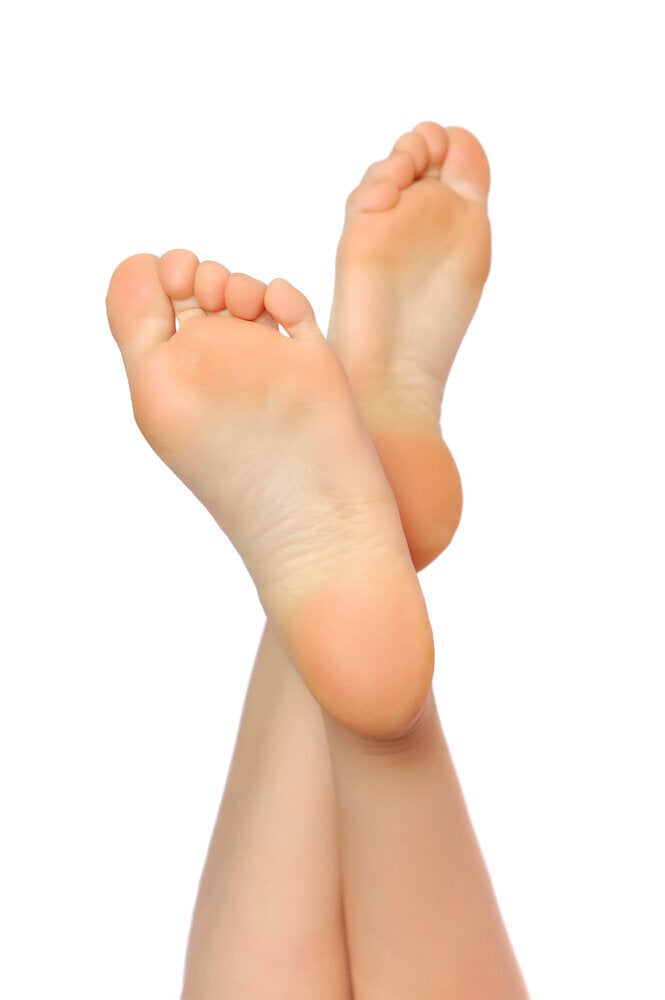
With summer in full swing, the air is rich with a combination of pleasant aromas from flowers, trees, grasses and that always refreshing smell of rain-soaked earth, better known as petrichor. However, the warmer weather also brings about another rather pungent and unpleasant odour: the smelly foot. From the days of the Ancients, the feet have been known to be a source of olfactory malfeasance; since then, medical and scientific researchers have yearned to learn just how this condition occurs.
Over the last 40 years, the culprits have been identified and to little surprise, germs are Podiatric Enemy #1.
Back in 1976, one of the first major investigation of foot odour was conducted. A combination of bacteria was found to not only colonize the foot, but use both dead skin and perspiration as food. Some of the names are familiar, Staphylococcus, Streptococcus, and yeasts. Others are less so, including Kytococcus (back then known as Micrococcus), Herellea and Corynebacterium, which is known to be a cause of body odour. But while these species were identified, their contribution to malodour was not entirely known.
Over the years that followed, researchers looked at this list of suspects to find out what bacterium was the true problem. By 2002, the blame was pointed directly at Kytococcus. The bacteria have several enzymes that have the ability to break down one of the components of dead skin and sweat glands, keratin.
The protein may be better known as a major component of hair and hair products but it can be found all over the body in pockets of dead skin. When these germs happen upon such an environment in the presence of warm, wet and nutritious sweat, they have a virtual smorgasbord.
As to the smell, it's composed of waste byproducts made as the bacteria chomp down. There are several different chemicals produced by body odour-causing bacteria, but the traditional stinky socks smell is the result of one chemical, isovaleric acid. Best described as a cheese aroma, this chemical is produced as the bacteria break down keratin. The chemical may be great for turophiles, for the rest of us, it's a sensory burden.
Although knowing how this process occurs, the actual goal of research -- to eliminate foot odours -- is still left unmet. However, this week, a team from Unilever and the University of Nottingham published an article that takes a large and dramatic step towards finding solutions. Using the knowledge gained over the last few decades, the team has developed a laboratory model for the production of stinky feet. Calling it an "in vitro foot malodour model", they opened the door to understanding the process of transformation from happy feet to smelly liabilities.
What they found, however, was somewhat surprising. While the Kytococcus bacteria were able to break down the keratin as expected, they were not particularly good at producing isovaleric acid. In fact, the only way that the cheesy smell could be achieved was if Staphylococcus bacteria were present. The plot twist left the researchers with the realization that Kytococcus wasn't the villain but rather an enabler. The real problem laid in the bacteria that make up our normal skin microbiome.
The study may have left many a researcher scratching their head -- and scrubbing their feet -- but the results do show some promise. With the knowledge that stink can only occur with a combination of keratin breakdown and the presence of Staphylococcus, new methods for foot treatment may be possible targeting either the enzymes of the bacteria. The information also shows that unlike other microbe-caused skin problems, where medical treatment is necessary, the elimination of foot odour may not be as challenging as once thought.
Regular washing and removal of dead skin are imperative to keep the keratin levels low and the bacteria away. Also, maintaining a healthy diversity is good to prevent Staphylococcus from taking over the foot landscape. While washing can happen at home, diversity is best achieved by engaging in a practice that has been performed for millennia. Get outside, take in the smells of the summer and wear well ventilated shoes. Even better if your environment permits, go barefoot.
